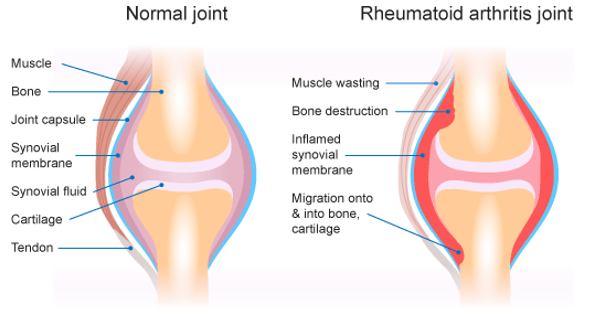ABS (Australian Bureau of Statistics) (2023) National Health Survey, ABS website, accessed 5 February 2024.
AIHW (Australian Institute of Health and Welfare) (2021) Australian Burden of Disease Study 2018: Interactive data on disease burden, AIHW, Australian Government, accessed 22 May 2023.
AIHW (2022b) Health system spending per case of disease and for certain risk factors, AIHW, Australian Government, accessed 19 May 2023.
AIHW (2023a) Australian Burden of Disease Study 2023, AIHW, Australian Government, accessed 14 December 2023.
AIHW (2023b) Health system spending on disease and injury in Australia, 2020–21, AIHW, Australian Government, accessed 14 December 2023.
Albuquerque CP, Reis APMG, Santos ABV, Bertolo MB, Junior PL, Giorgi RDNG, Radominski SC, Guimaraes MFBR, Bonfiglioli KR, Sauma MFLC, Pereira IA, Brenol CV, Mota LMH, Santos-Neto L and Pinheiro GRC (2023) ‘Do it fast! Early access to specialised care improved long-term outcomes in rheumatoid arthritis: data from the REAL multicenter observational study’, Advances in Rheumatology, 63:17, doi:10.1186/s42358-023-00301-7.
ARA (Australian Rheumatology Association) (2023) Rheumatoid Arthritis Clinical Care Standard, ARA website, accessed 5 March 2024.
Arthritis Australia (2017) Emotions, Arthritis Australia website, accessed 4 February 2020.
Chaplin S (2020) ‘Summary of the new EULAR rheumatoid arthritis guideline’, Prescriber, 31(9), doi:10.1002/psb.1863.
CDC (Centers for Disease Control and Prevention) (2019) Rheumatoid Arthritis, CDC website, accessed 16 March 2020.
Duarte-Garcia A (2019) Rheumatoid Arthritis, American College of Rheumatology website, accessed 16 March 2020.
Primdahl J, Hegelund A, Lorenzen AG, Loeppenthin K, Dures E and Esbensen BA (2019) ‘The experience of people with rheumatoid arthritis living with fatigue: a qualitative metasynthesis’, BMJ Open, 9(3): e024338, doi:10.1136/bmjopen-2018-024338.
RACGP (The Royal Australian College of General Practitioners) (2009) Clinical guideline for the diagnosis and management of early rheumatoid arthritis, RACGP website, accessed 16 March 2020.
Seixas D, Farinha F, Pacheco da Fonte M, Laranjeira M and Rua M (2022) ‘Pain in the wrist joint in rheumatoid arthritis: the impact on functional capacity’, Revista de Enfermagem Referencia, 1:6–13, doi:10.12707/RV21074.












